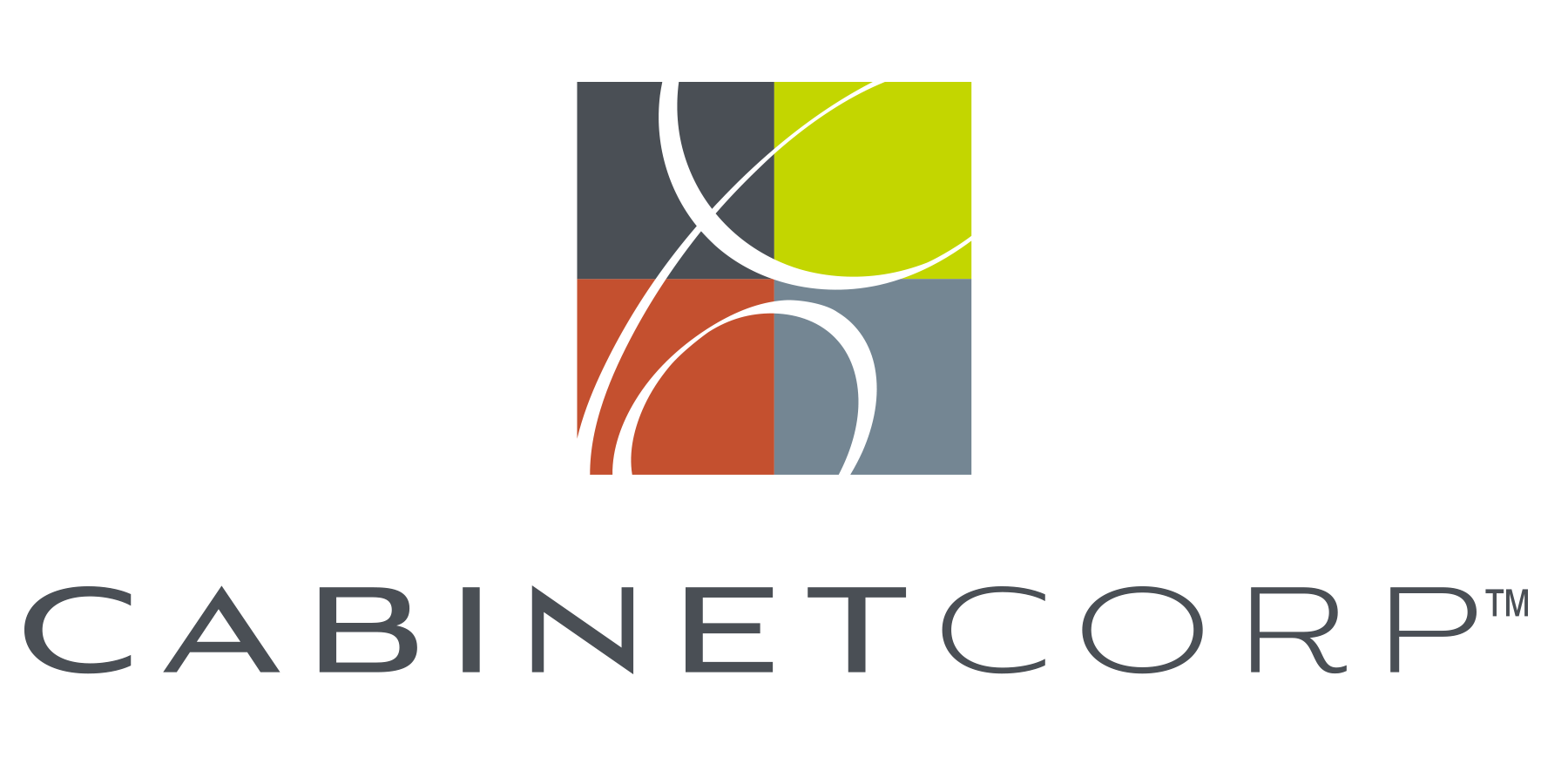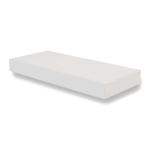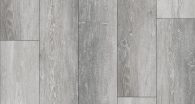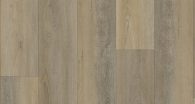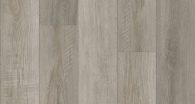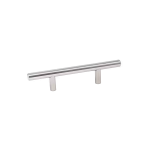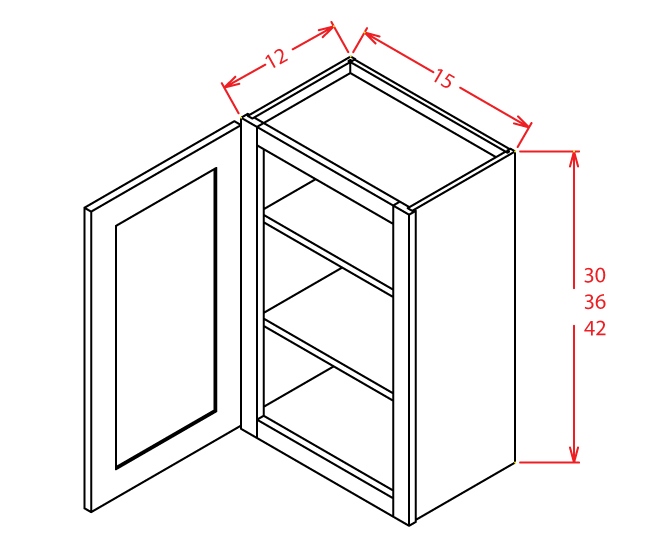
An important step in attracting a client is to determine who exactly you’d like that client to be. Creating a profile for your ideal customer is a very powerful tool in the process towards pulling in that demographic. Here are some questions you can ask yourself to help create this ideal customer profile:
Who is your client?
Age
Content targeted towards just one age demographic, either young people or older people, is most likely going to be passed over by the other. Unlike the gender factor of identifying your customer, age is far less forgiving. You want to zero in on and focus on appealing to your ideal target age demographic, or you will be passed over by them.
Gender

If you have a pretty even split, market according to your gender, as you will be able to naturally create content that is more relatable to your own gender than the opposite. There are always going to be exceptions to these rules, but it’s good to stick with them as a basic guideline.
When you try to split up your content and appeal to everyone at once, you might end up attracting to no one at all. For example of how this principle works, 35% of Maxim magazine’s paid subscribers are women, in spite of the fact that not one article in the magazine speaks to women. Their marketing strategy to appeal to one gender apparently works to pull in both demographics, so focus your voice on one of the two most important demographics, male or female, and you will be sure to appeal to your target demographic.
Family Status

Physical Appearance
Depending on your product, being able to glean your customers’ physical attractiveness from their information can help you sell. Does your ideal customer feel confident, sure of themselves, or are they looking to feel more attractive or improve their sense of status and stature in their social groups and communities? Analyze these needs so you can appeal to them or play off them.
Final Thoughts



